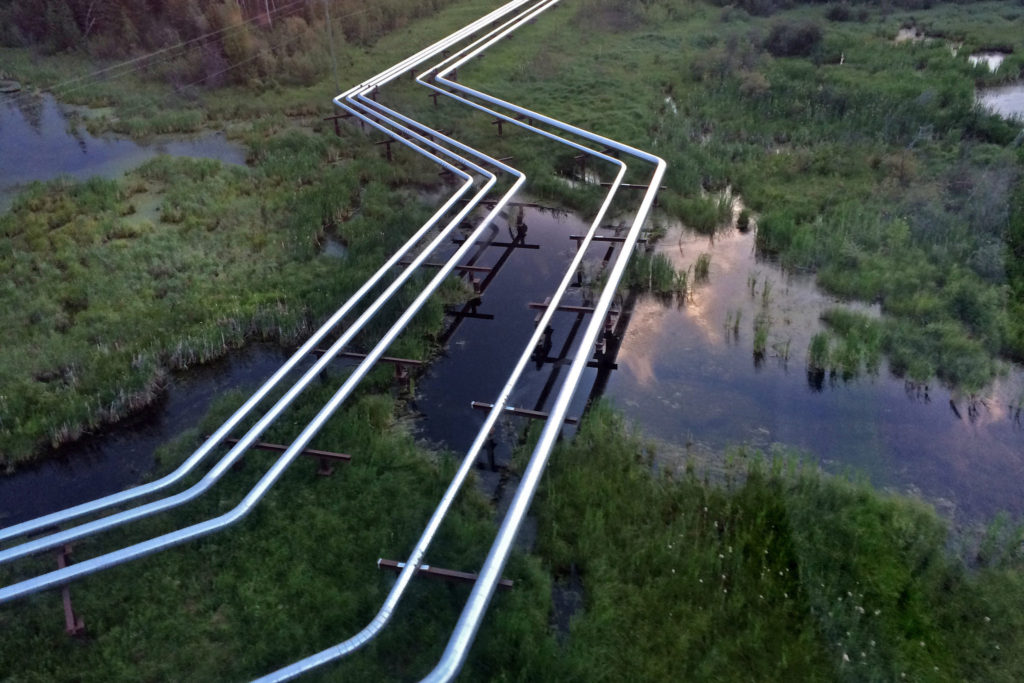Evaluating the sustainability of landscape change: do roads, pipelines, and seismic lines impact breeding ducks in the boreal forest?
Scope of Study
Our understanding of how landscape changes influence waterfowl populations in the boreal forest is limited. Consequently, DUC boreal conservation delivery is founded on assumptions that duck pair numbers and breeding success will decline with increasing densities of linear features such as roads or pipelines through increased predation due to habitat fragmentation or decreased water quality/quantity. This study evaluates these planning assumptions. Specifically, we are assessing how duck pair numbers and breeding success change with increasing densities of linear features. Our study area spans north-central Alberta to northeast British Columbia.

Timelines
Aerial surveys were conducted May-August 2013-2016. Final analyses will be completed by December 2017 and report/manuscript writing will commence shortly thereafter.
Goals & Purpose
The western boreal forest is undergoing industrial development at an unprecedented rate. DUC is concerned about the future of waterfowl populations there, and is undertaking large-scale conservation efforts. By testing key planning assumptions of those efforts, this research will help ensure that our conservation programs are directed in appropriate areas and at the most important landscape changes. The overarching goal of this project is to help ensure long-term sustainability of waterfowl populations in this rapidly changing landscape.


